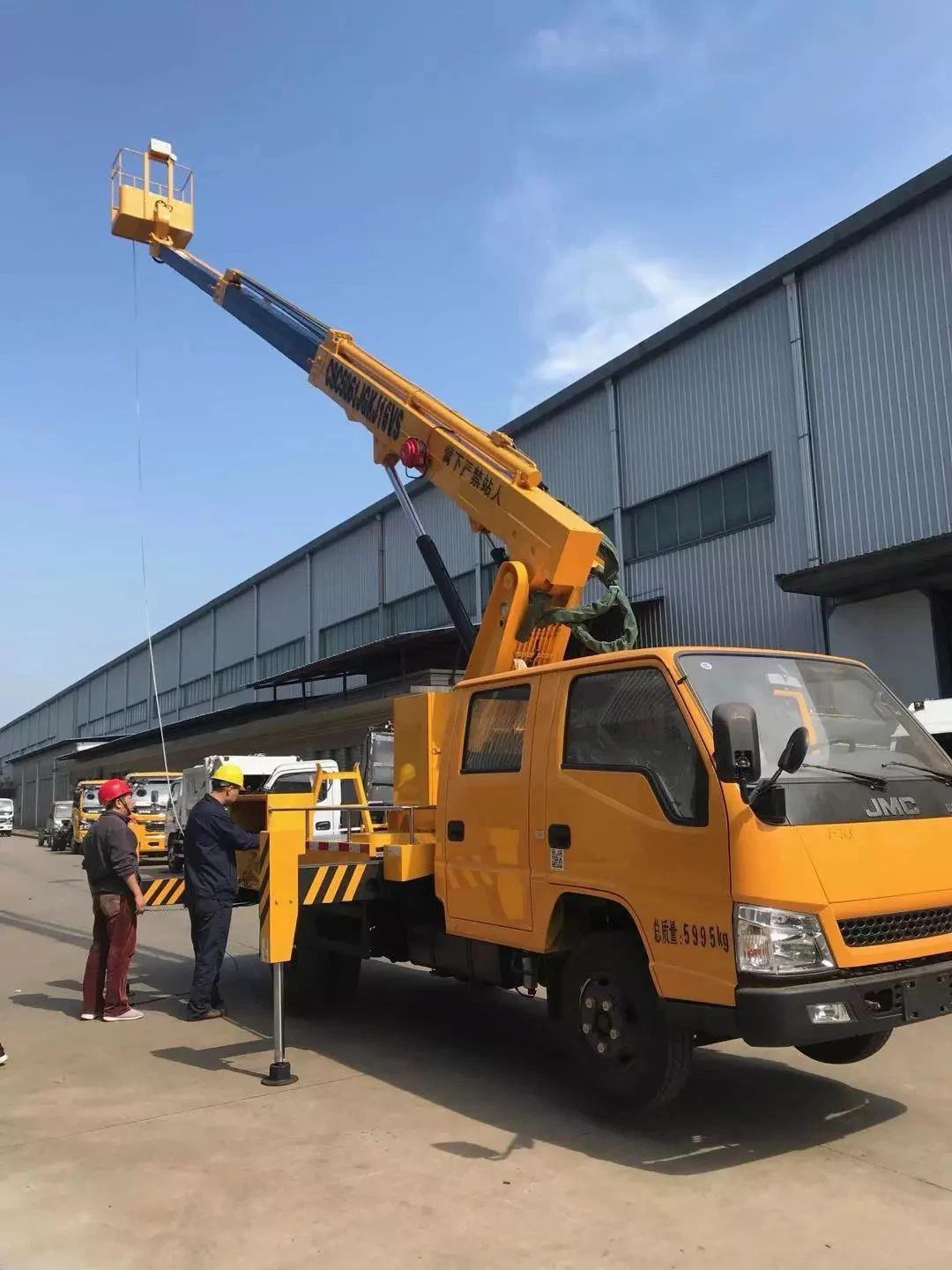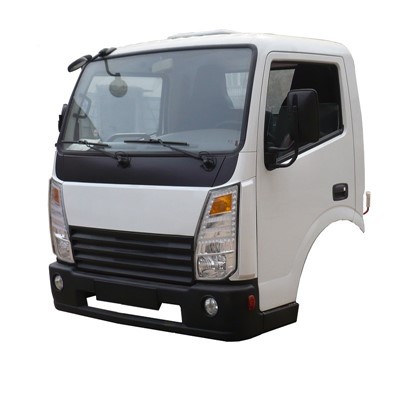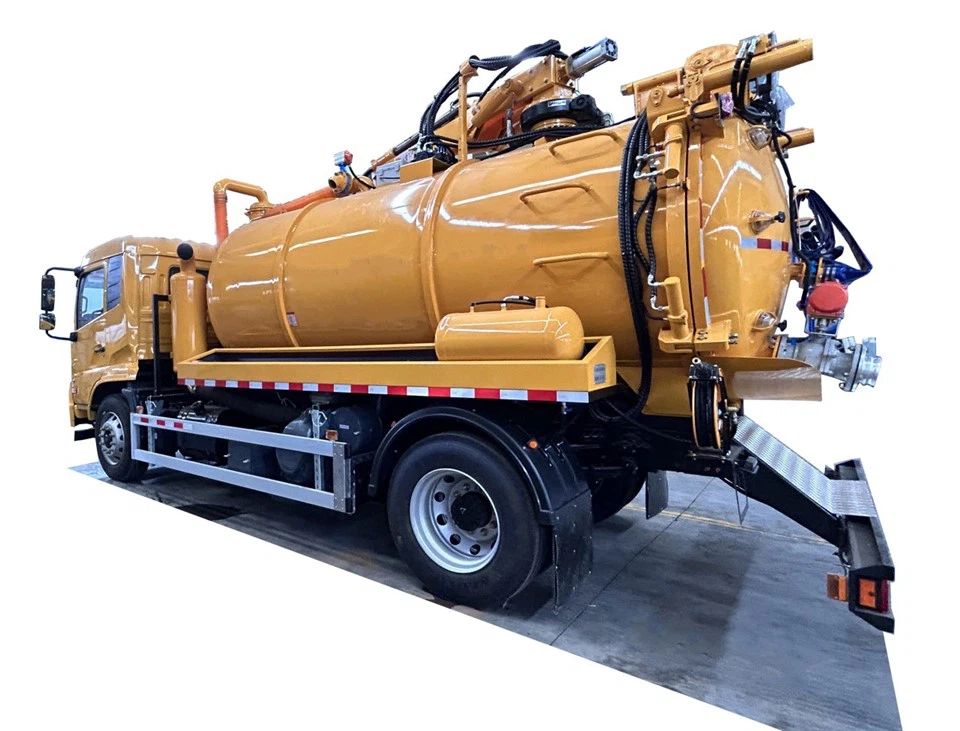What is a CBU? Understanding the Concept and Its Significance

The term “CBU” can refer to various concepts depending on the context in which it is used. In this article, we will explore the different meanings and applications of CBU across various industries. From manufacturing to general business practices, we’ll dive deep into understanding what a CBU is, its relevance, and how it can impact operations. Get ready for an in-depth exploration of this multifaceted acronym, its implications, and some practical insights!
Table of Contents
- 1. What Does CBU Mean?
- 2. CBU in Manufacturing
- 3. CBU in the Automobile Industry
- 4. Benefits of Using CBU
- 5. Challenges Associated with CBU
- 6. Practical Examples of CBU
- 7. FAQs about CBU
- 8. Conclusion
1. What Does CBU Mean?
CBU stands for “Completely Built Unit.” It generally refers to a finished product that is fully assembled and ready for use or sale. In many instances, the term is used in manufacturing and logistics to indicate items that do not require any further assembly or modification before they can be utilized. Understanding CBU is essential for businesses as it affects shipping, inventory, logistics, and sales strategies.
2. CBU in Manufacturing
In manufacturing, CBU refers to products that are manufactured, assembled, and packaged for shipment to consumers or retailers. This complete manufacturing process includes the following stages:
2.1. Design and Development
The manufacturing process begins with the design and development of the product. Engineers and designers will create a prototype to ensure that the product meets quality and safety standards before production begins.
2.2. Assembly Line Production
Once the design is finalized, it moves to production. Products are assembled on an assembly line, where individual components are combined into a final product.
2.3. Testing and Quality Assurance
Before products are packaged, they undergo testing and quality assurance checks to ensure they meet specified criteria and industry standards.
2.4. Packaging
Finally, CBUs are packaged and labeled for shipment. This is an essential step, as packaging protects the product during transit and provides vital information to consumers.
3. CBU in the Automobile Industry
The automobile industry frequently utilizes the term CBU to denote vehicles that are imported in a fully assembled state. This contrasts with CKD (Completely Knocked Down) units, which are shipped in parts for local assembly. Understanding the dynamics of CBU in the automobile industry is crucial for manufacturers, importers, and consumers alike.
3.1. Advantages of CBU in the Automobile Sector
- Faster Time to Market: Fully assembled vehicles can be sold immediately upon arrival in the market, enabling manufacturers to meet consumer demands quickly.
- Reduced Assembly Costs: Importing CBUs can save costs associated with local assembly units if labor costs are higher in destination markets.
- Quality Control: Vehicles assembled in the manufacturer’s home country often meet higher quality standards compared to local assembly due to better equipment and trained personnel.
3.2. Disadvantages of CBU in the Automobile Sector
- Higher Import Duties: Fully assembled vehicles may incur higher tariffs, affecting the pricing structure.
- Limited Customization: Importing CBUs means consumers have fewer options for customization compared to locally assembled vehicles.
4. Benefits of Using CBU
Utilizing CBU can lead to several advantages across various industries, including:
4.1. Streamlined Operations
CBUs simplify the supply chain process, as products arrive ready to sell without the need for assembly. This speed can significantly enhance operational efficiency.

4.2. Improved Inventory Management
Businesses can manage inventory more effectively as CBUs have predictable delivery times and do not require storage of assembly parts.
4.3. Enhanced Customer Satisfaction
Delivering fully assembled products means customers can use items immediately, leading to higher satisfaction and repeat business.
4.4. Cost-Effectiveness
While costs may vary, purchasing CBUs can eliminate the need for assembly labor and reduce the risk of assembly errors, potentially leading to overall savings.
5. Challenges Associated with CBU
Despite the advantages, using CBU also entails certain challenges that businesses must consider:
5.1. Higher Shipping Costs
CBUs can be bulkier and heavier than component parts, which may lead to higher shipping costs.

5.2. Tariffs and Customs
Importing CBUs could subject businesses to extensive customs processes, tariffs, and potential delays.
5.3. Limited Parts Availability
If a component of the CBU fails, finding replacement parts might be challenging, especially if the product is not locally manufactured.
6. Practical Examples of CBU
Here are practical scenarios where CBU is utilized:
6.1. Electronics Industry
Many electronics, such as televisions and computers, are shipped to retailers as CBUs. This enables retailers to stock products quickly and meet consumer demands.
6.2. Consumer Appliances
Major appliances like refrigerators and washing machines are typically imported as CBUs. This process allows consumers to purchase these necessary items immediately without delays.
6.3. Commercial Vehicles
Truck manufacturers often ship vehicles as CBUs to various markets, ensuring that the vehicles are fully operational upon arrival.
7. FAQs about CBU
7.1. What is the difference between CBU and CKD?
CBU refers to completely assembled products, while CKD stands for Completely Knocked Down, where products are shipped in parts for local assembly.
7.2. Are CBUs more expensive than CKD units?
Generally, CBUs may incur higher shipping and import duties, making them more expensive compared to CKD units, but this can vary by product and market conditions.

7.3. What industries use CBU?
CBU is commonly used in manufacturing, automotive, electronics, and consumer goods industries, among others.
7.4. How does CBU impact inventory management?
CBUs simplify inventory management by allowing businesses to stock fully assembled products, leading to more predictable delivery and reduced risk of parts shortages.
7.5. Can I customize a CBU?
Customization options for CBUs may be limited, as they are fully assembled prior to sale. However, some manufacturers may offer limited customization before shipment.
7.6. What are the potential risks of CBU?
Potential risks include higher shipping costs, the complexities of customs and tariffs, and challenges related to finding replacement parts if they fail.
8. Conclusion
Understanding what a CBU is and its implications across various industries is crucial for businesses, consumers, and stakeholders. Embracing the advantages of CBUs can lead to enhanced operational efficiency, improved customer satisfaction, and streamlined logistics. However, it is equally important to be aware of the associated challenges to effectively manage risks. With this comprehensive guide, you are now equipped with a thorough understanding of CBU and its relevance in today’s marketplace.
